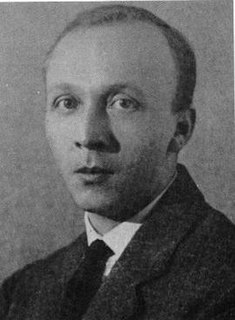 W
WKarl Ernst was an SA-Gruppenführer who, in early 1933, was the SA leader in Berlin. Prior to joining the Nazi Party, he had been a hotel bellboy and a bouncer at a gay nightclub.
 W
WHans Otto Georg Hermann Fegelein was a high-ranking commander in the Waffen-SS of Nazi Germany. He was a member of Adolf Hitler's entourage and brother-in-law to Eva Braun through his marriage to her sister Gretl.
 W
WArthur Hermann Florstedt, member of the NSDAP, was a German SS commander, war criminal and convicted war profiteer. He became the third commander of Majdanek concentration camp in October 1942. Florstedt was convicted of corruption and executed by the regime in April 1945.
 W
WErhard Heiden was an early member of the Nazi Party and the third commander of the Schutzstaffel (SS), the paramilitary wing of the Sturmabteilung. He was appointed head of the SS, an elite subsection of the SA in 1927. At that time the SS numbered less than a thousand men and Heiden found it difficult to cope under the much larger SA. Heiden was not a success in the post, and SS membership dropped significantly under his leadership. He was dismissed from his post in 1929, officially for "family reasons". He was arrested after the Nazis came to power in 1933 and executed that same year.
 W
WEdmund Heines was a German Nazi politician and Deputy to Ernst Röhm, the Stabschef of the Sturmabteilung (SA). Heines was one of the earliest members of the Nazi Party and a leading member of the SA in Munich, participating in the Beer Hall Putsch and becoming a notorious enforcer of the party. He held several high-ranking positions in the Nazi administration until he was executed during the Night of the Long Knives in June 1934.
 W
WArthur Nebe was a key functionary in the security and police apparatus of Nazi Germany and from 1941, a major perpetrator of the Holocaust.
 W
WJohannes Popitz was a Prussian finance minister and a member of the German Resistance against the government of Nazi Germany. He was the father of Heinrich Popitz, an important German sociologist.
 W
WErnst Julius Günther Röhm was a German military officer and an early member of the Nazi Party. As one of the members of its predecessor, the German Workers' Party, he was a close friend and early ally of Adolf Hitler and a co-founder of the Sturmabteilung, the Nazi Party's militia, and later was its commander. By 1934, the German Army feared the SA's influence and Hitler had come to see Röhm as a potential rival, so he was executed during the Night of the Long Knives.
 W
WGregor Strasser was an early prominent German Nazi official and politician who was murdered during the Night of the Long Knives in 1934. Born in 1892 in Bavaria, Strasser served in World War I in an artillery regiment, rising to the rank of first lieutenant. He joined the Nazi Party (NSDAP) in 1920 and quickly became an influential and important figure. In 1923, he took part in the abortive Beer Hall Putsch in Munich and was imprisoned, but released early for political reasons. Strasser joined a revived NSDAP in 1925 and once again established himself as a powerful and dominant member, hugely increasing the party's membership and reputation in northern Germany. Personal and political conflicts with Adolf Hitler led to his death in 1934 during the Night of the Long Knives.
 W
WFritz Wächtler was a Nazi German politician and Gauleiter of the eastern Bavarian administrative region of Gau Bayreuth. Trained as a primary school teacher, he also became head of the National Socialist Teachers League (NSLB) in 1935. During World War II he held the honorary rank of SS-Obergruppenführer and was the Reich Defense Commissioner of Bayreuth. Prone to alcoholic outbursts and unpopular with the local residents, he eventually ran afoul of Martin Bormann in a political intrigue. Wächtler was shot on the orders from Führer Headquarters near the end of the war on 19 April 1945.